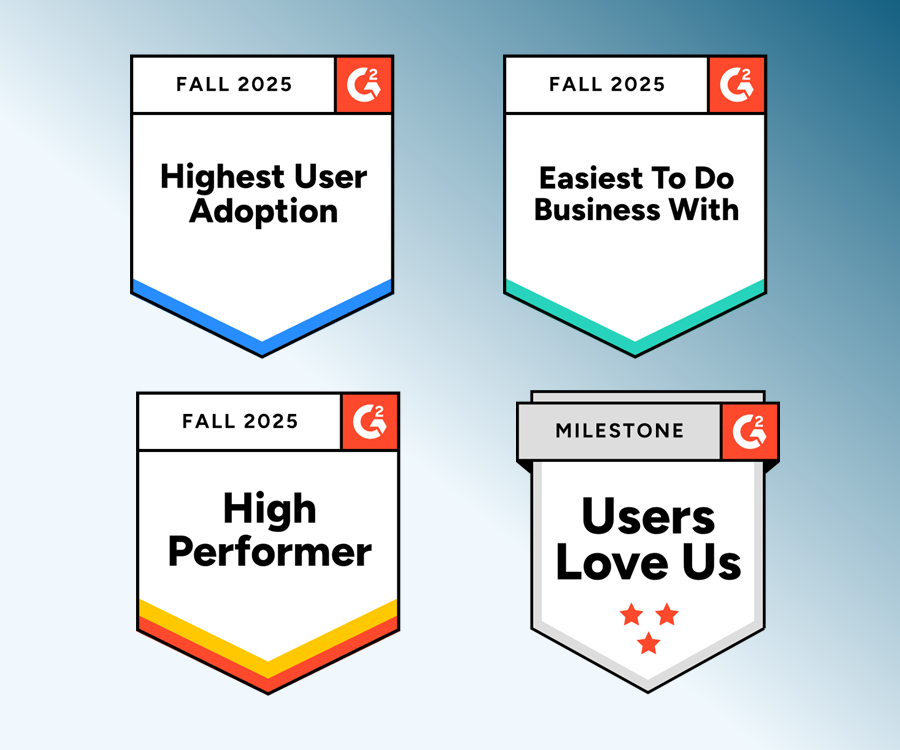
In ecommerce, there is no place like home.
Your branded site’s home page, to be precise.
That’s because in the ecommerce world of unpredictability, constantly changing marketplace and retailer requirements, and an ecommerce future no one can predict, your brand’s ecommerce site is the one factor you can control.
So how do you get it right?
Darin Lynch has some ideas, backed by decades of experience. In 2004, after toiling to set up early ecommerce sites for Office Depot, Wilson Leather and Second Swing golf, Darin founded Irish Titan. Headquartered in Minneapolis, the Titans have built ecommerce sites for Duracell, Lifetime Fitness, Coolie Bar, Duke Cannon, Trade Home Shoes, the Green Bay Packers, the Minnesota Wild and other leading brands.
Amid the chaos that is ecommerce, your branded site is the one factor under your control
Darin recently sat down with Michael Anderson, Etail CEO and host of the “D2C Leadership Now” webinar series. The ecommerce world, Darin told Michael, is only going to get more complex with consumers shopping on marketplaces, at retailers, using social media, and exploring new audio and video shopping options. Amid the chaos, your branded ecommerce site is key to helping customers find, understand and buy your brand.
“One of the things that we talk about with our merchants is a hub and spoke model, meaning your branded site should the anchor in a positive way of all of your experiences,” Darin said. “Ecommerce is going to become more and more distributed. Commerce everywhere. That's what's emerging. So in every one of these touch points, you could be offering products. But your branded site is the area where you have the most opportunity to control your product, to control and influence the impression people get of you, and to control margin.”
Unlike many “ecommerce” agencies, which often focus on digital marketing and customer acquisition, Darin and the Irish Titans specialize in growing and building ecommerce channels – with an emphasis on branded websites.
Darin said three focusing on three areas are the key to helping a branded website become a successful online channel and the hub of your ecommerce empire.
“When I think about ecommerce best practices today,” Darin said, “three themes emerge. There is customer experience, there’s the user experience and there are integration problems and opportunities. These three themes are the best way to think about all the priorities you should identify in launching and managing and working through your ecommerce initiative.”
Customer experience, Darin said, is a broad umbrella that includes branding, but also operationally driven experiences like shipping, fulfillment and customer service.
“Customer experience is their impression of what it is like to work with you,” he said. “That’s the visual, that’s the imagery, that’s your voice. But it’s also what happens if the product doesn’t arrive on time or it’s the wrong product and all of that.”
User experience, Darin continued, includes features and functionality on the site such as site search, filtering, product detail and listing pages.
Finally, integration offers both challenges and opportunities. Sales and supply channels, ERP, CRM, POS and other systems – plus the data they rely on – are frequently challenges to developing a smoothly running ecommerce environment. But integrations to gift card and loyalty programs, customer support software and other after-sale technologies have become much more turn-key and also present the opportunity to shape your customer’s experience in a positive way, Darin added.
The quality of your data determines the quality of your ecommerce site
Darin said data and brand’s misperceptions of the quality of their data is often the biggest early roadblock to designing ecommerce integrations that support a great customer and user experience.
“One of the misperceptions that brands have is the state of their data,” Darin said. “They are either overestimating the data hygiene that they have or underestimating the time, talent and treasure they should put into data hygiene.
“Or sometimes they are overestimating the quality of the data they have. We’ve worked with D2C merchants who think their product photography is fantastic. And then when we're moved them to a more sophisticated platform that allows for different photo carousels or a different user experience, it becomes apparent – we’ve got to reshoot the product.”
According to Darin, there are three foundational practices that are needed to help ensure your website becomes more than a storefront and creates true market advantage.
Start with an Audit
Understanding current systems, brand assets, and data structure and hygiene is the first step evolving your current site to a more effective site, Darin said.
“Audits are a great way to get a sense of what the foundation might be,” Darin said. “You want to get a better sense of where the tech stack sits from a lifecycle cycle perspective, how the data is flowing, what the data hygiene might look like, what the analytics are that we're seeing on the site and so on.”
Emphasize Team Communications
Team communications are vital to a successful project, Darin said. He likens it to the building or remodeling a home. Every detail – from color of the shingles to the location of wall outlets – becomes a conversation that needs to happen and a decision that needs to be made.
“Sometimes when someone hasn’t been through a few of these rodeos, they don’t understand the amount of communications it’s going to take,” Darin said. “If the team communicates effectively, the project goes much better.”
Understand the Path to Purchase
“’Path to purchase’ is a nice, catchy phrase that is pretty self-evident in what it means,” Darin said. “How does someone get from entering your site to actually finding, checking out and paying for a product?”
Understanding emerging trends in how consumers shop can provide clues to features that help create competitive advantage, Darin added. For example, while site navigation continues to be an important part of site design, site search is becoming increasingly important as site visitors transfer the habits they’ve developed on Google and Amazon to shopping on brand sites by searching for specific products and product attributes.
Offering multiple payment options has also emerged as an area where customer expectations are shifting from traditional credit cards to newer options like Apple Pay, Buy with Prime and other wallets. Some experts estimate that more than $20 billion of revenue was lost last year due to shopping cart abandonment driven by a lack of payment options, Darin added.
“You want to remove all friction,” Darin said. “Because if someone really wants to buy your product, they will almost certainly go through the pain. But they might not come back because of their poor customer experience. The problem is the people who maybe want your product, but not as much as those who are absolutely committed. You want to remove all that friction for them. Removing it can be either a problem or an opportunity. But it’s still a big number.”
With the foundations in place, Darin suggests that smart marketers go beyond just streamlining the path to purchase.
“When you are looking to reinforce your brand, your product, and things like that you can be using video and imagery and content on your site in ways outside of the path to purchase,” Darin said. “You can take thought leadership and brand awareness to a different level. And often times your competitors aren't doing that. And when you can execute on those, you generally have more command over margin, customer retention and the sorts of things that contribute a lot to the longevity of your business.”
LEARN MORE. WATCH THE WEBINAR
We’ve just scratched the surface of Darin’s suggestions for improving your branded ecommerce site. View the recorded live briefing here.
Additional resources
WEBSITE
Visit the Irish Titan website.
BLOG POST
WHITE PAPER
Selling to the Team: How to sell your ecommerce platform project to internal stakeholders




